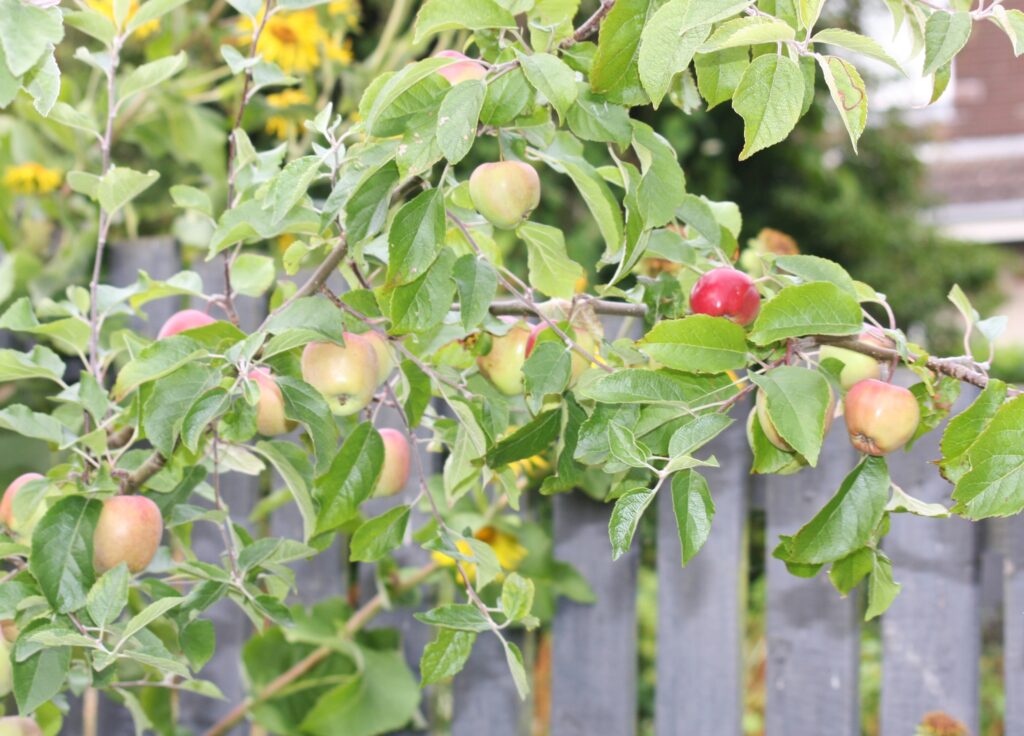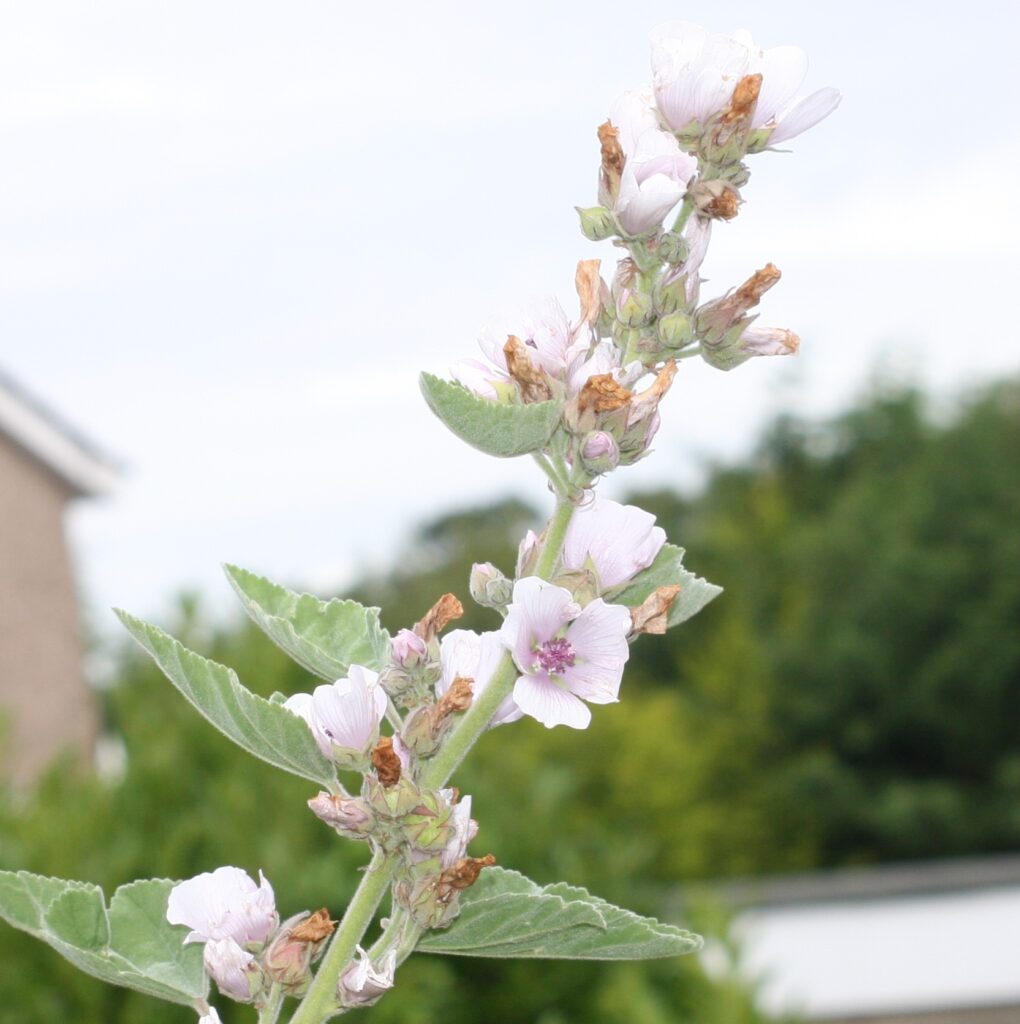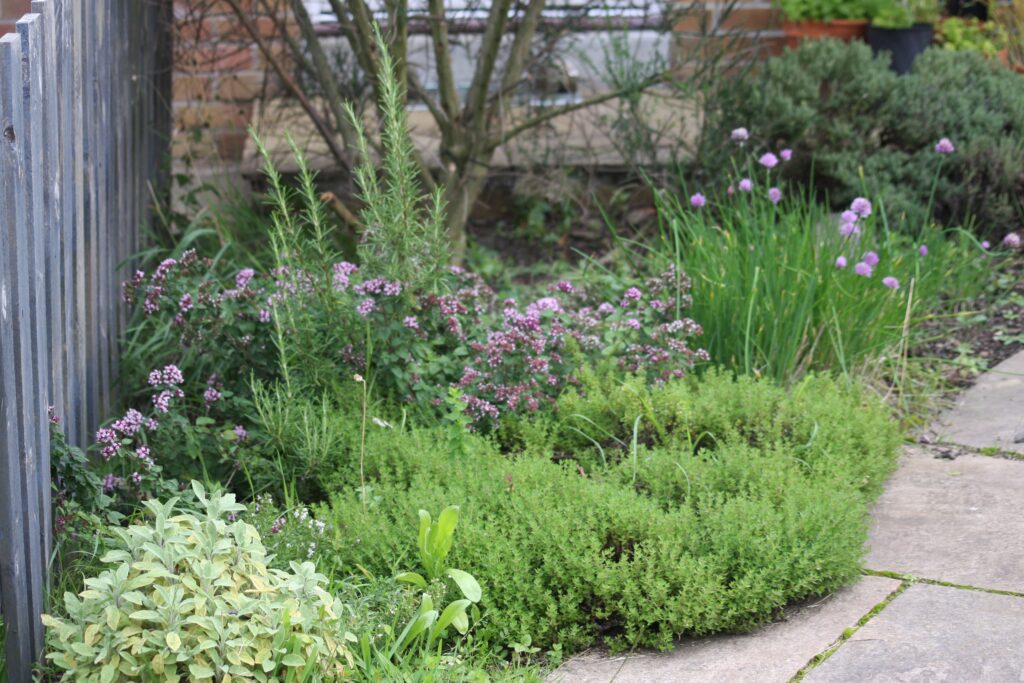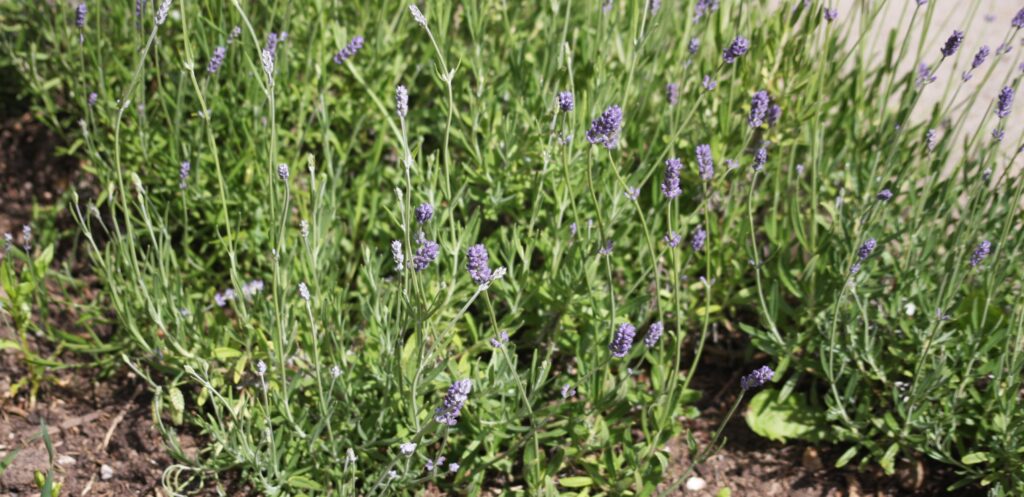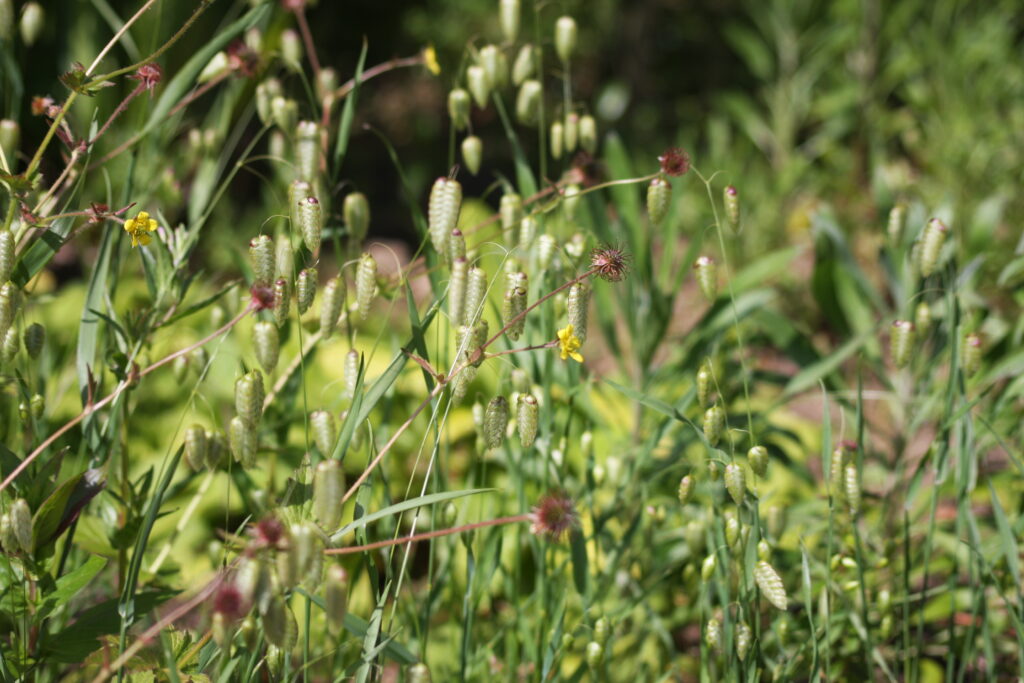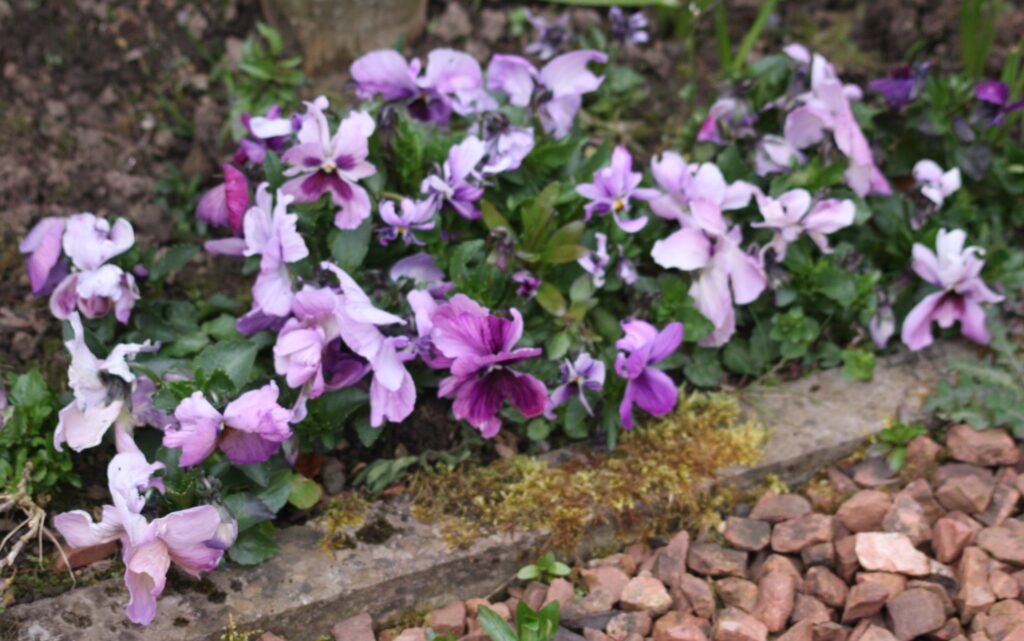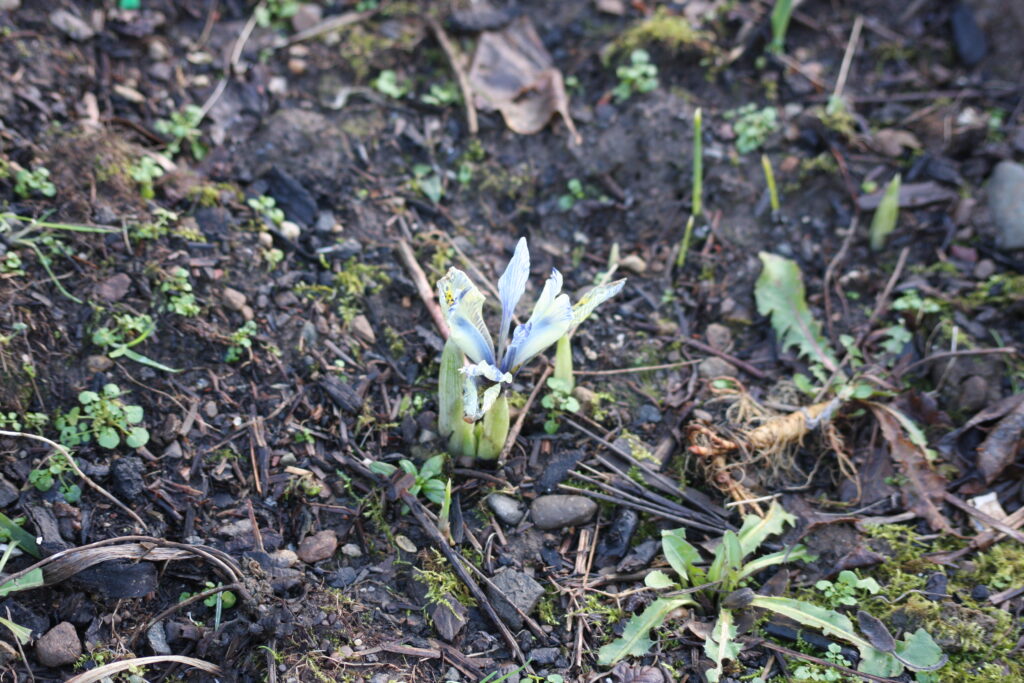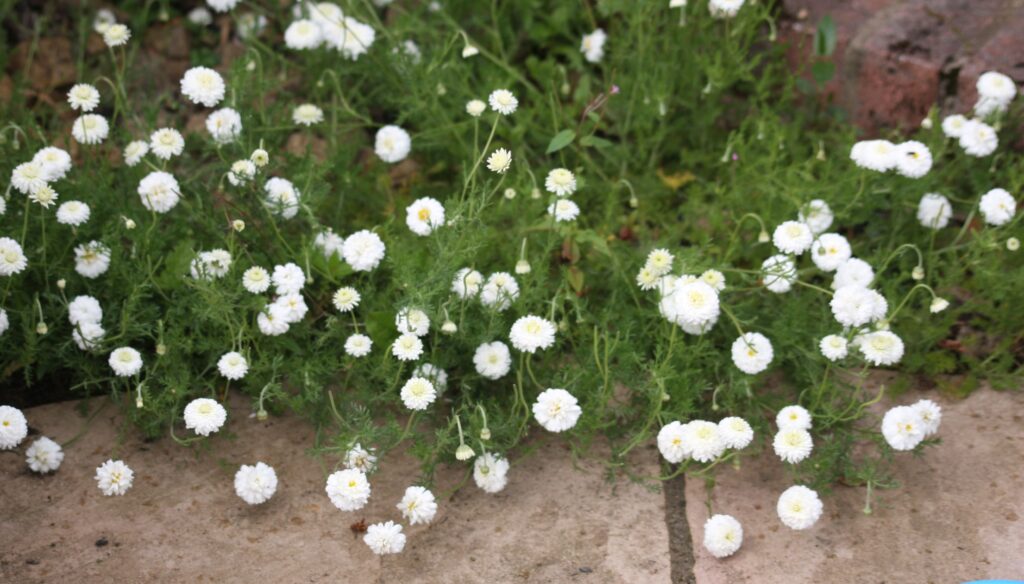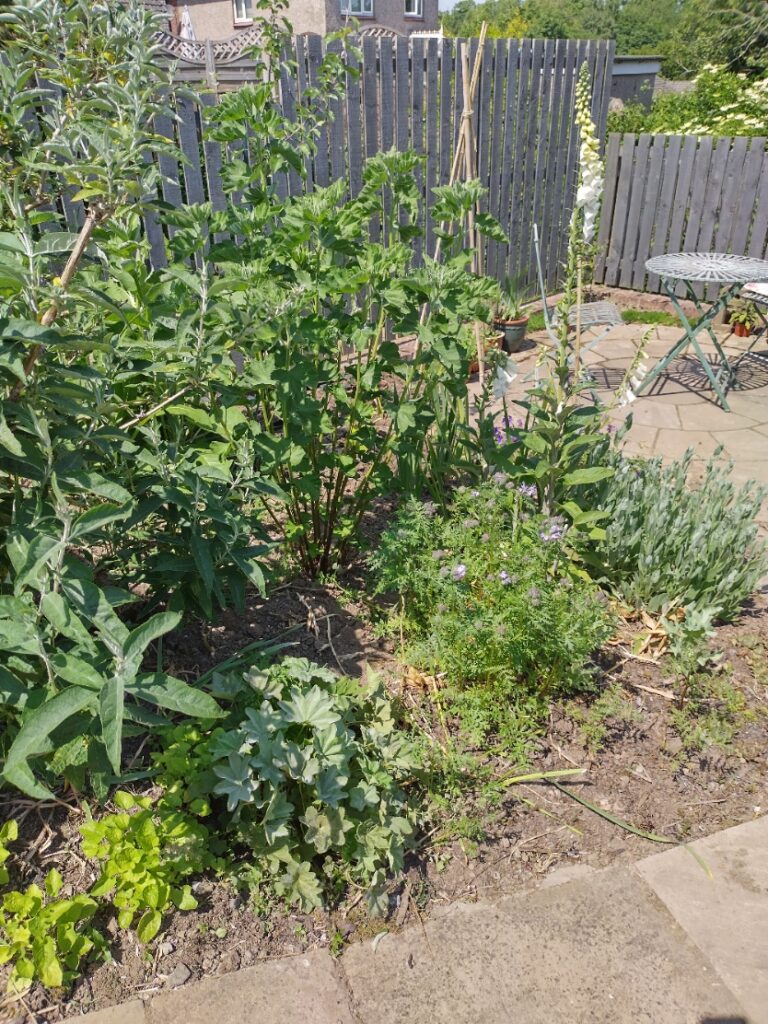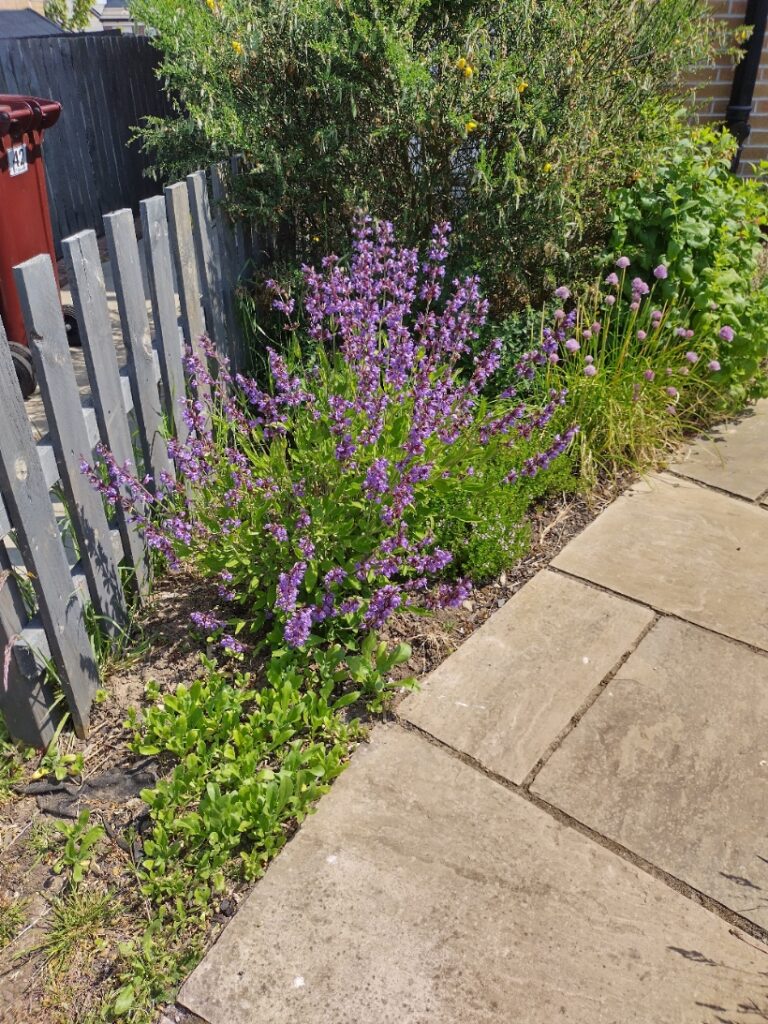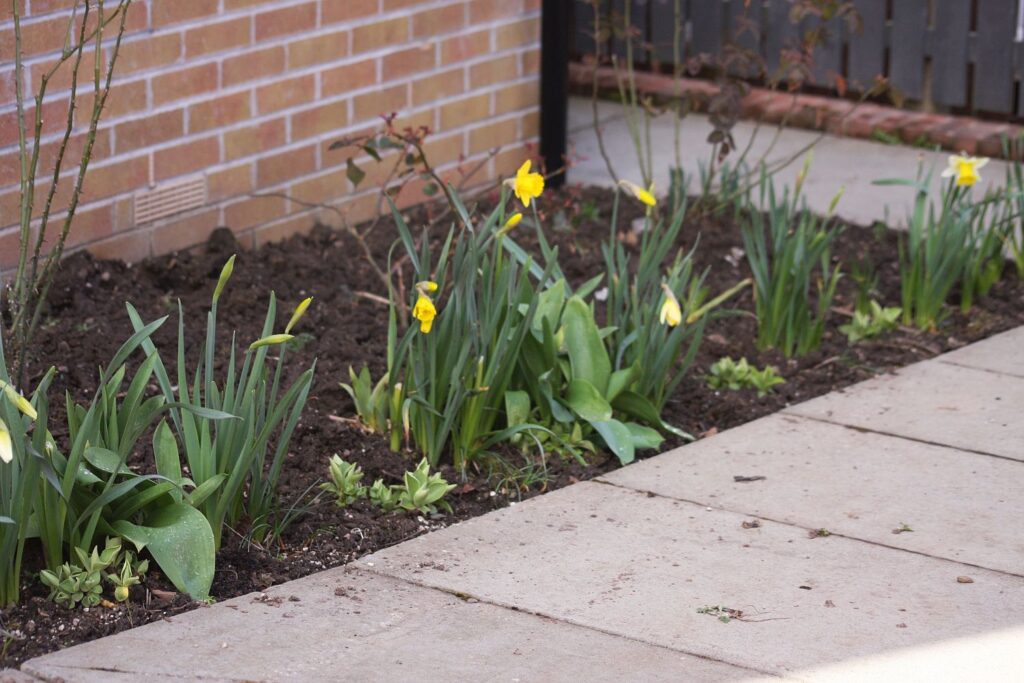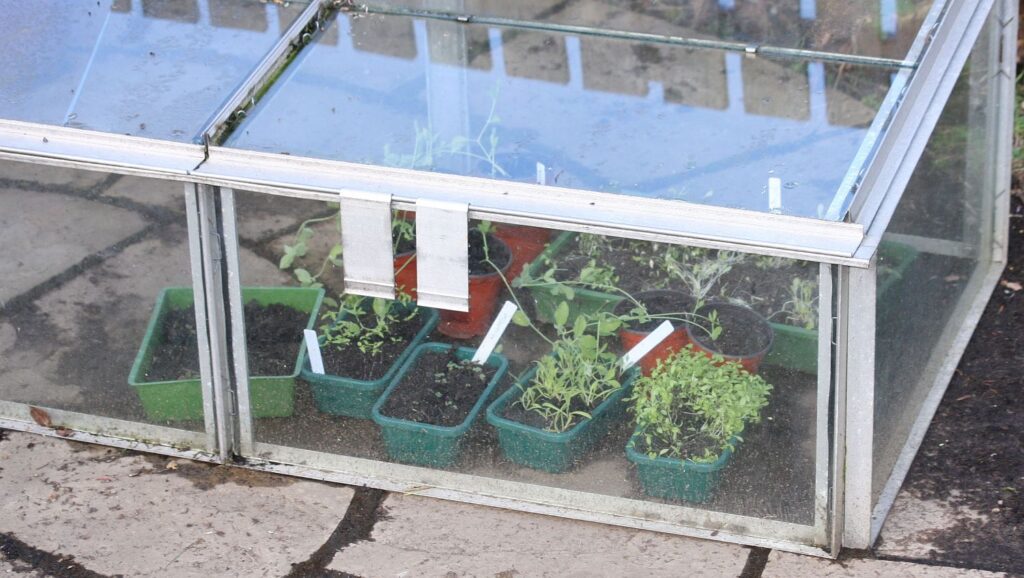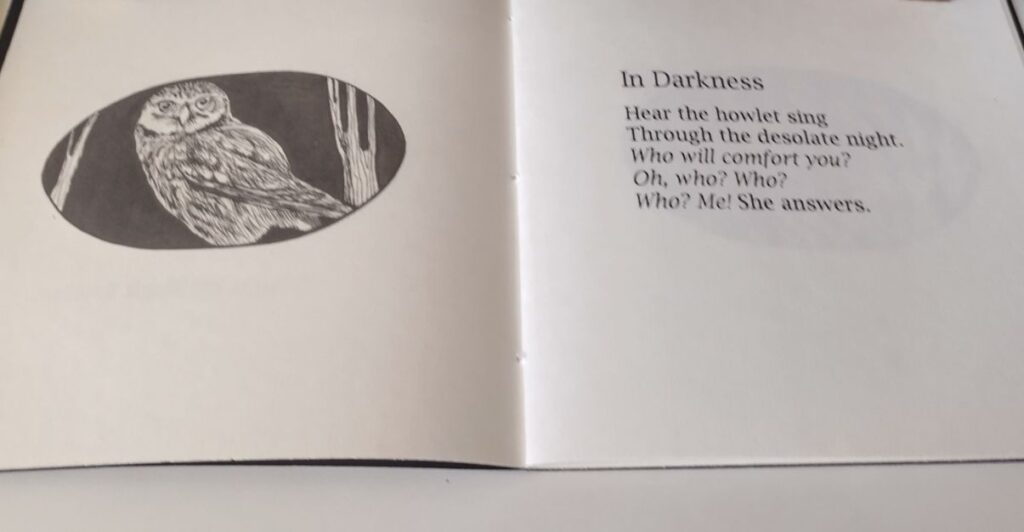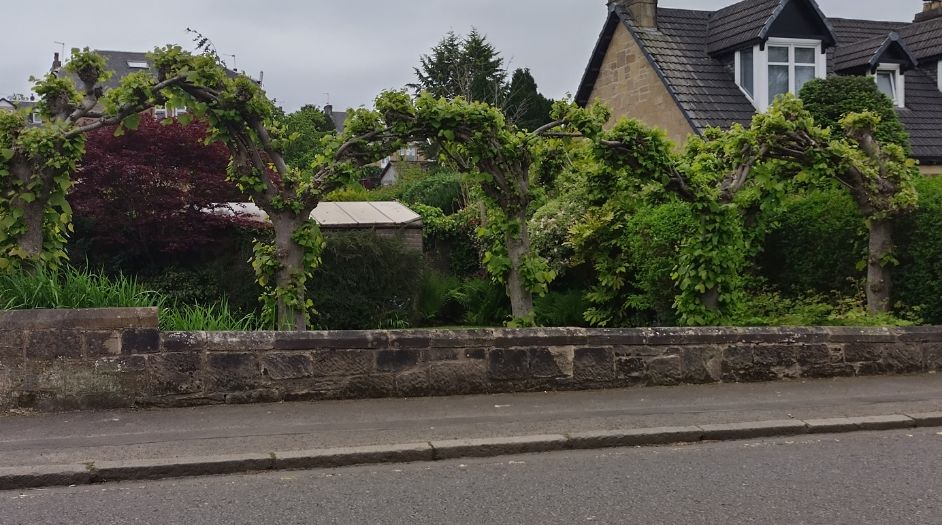
This landscape is, to be frank, no more – or less – ancient than the rest of Britain. And, given the fact that the house we live in is less than ten years old and building the estate is still going on, you might think this should be designated a brand new landscape, but I’ve never been so aware of the history of place, so haunted by the past as I am here.
The estate is still raw, and built on what was agricultural land, so I don’t get the archaeology of broken china or clay pipes that I used to find in my previous garden, only builder’s rubble and debris. But this area has been continuously occupied since neolithic times, and has had more reinventions than Troy, which Emily Wilson says was destroyed and rebuilt nine times, and there are traces of all kinds.
The first is the plants coming up in the lawn from when it was grazed land – mouse-ear chickweed, red and white clover, plantain, mugwort, and woundwort. This is a different mix from what I was used to, but it shows that there was grass here long before the houses. In fact local poets wrote a lot about green fields, rabbits and picking flowers on our hill. But not so far away, lower down than here, there were woods, and sacred wells, barrows, cairns and traces of druids in place names and quiet spaces that have somehow been left untouched.
You can trace them by place names – streets, parks, districts. Some of them reflect industries that have come and gone – mining, railways, electronics, farming and market gardening. There used to be bleaching fields for linen, orchards underplanted with berry bushes in a way that was unique to this area. There are still rogue apple trees and wild berries along the Clyde, railway tracks converted to walking trails and nature reserves. There are still Victorian houses, too grand for modern day living, and converted into flats with their remnants of status gardens, their pleached lime avenues and shrubberies. There are structures with memories of civic pride, the first public park ‘built at the expense of all, for the enjoyment of all’, with its ravine and a small amphitheatre recalling the Lang Wark – a revival meeting of a scope to rival an evangelical missionary’s stadium tours – and an imposing stone-built Institute where evening classes are still held. there are planty of churches, some named after saints who lived and worked here – Cadoc, Columcille, Mungo. And some things that were lost have come back – thrushes and blackbirds have returned to the garden, now there is more greenery for cover, bees and butterflies have shown up after the devastation of last year’s poor summer.
We are no longer the generation that would flatten a neolithic barrow to build a golf course. This is a place where the past is remembered and restored – oral histories, facebook heritage groups, but more to the point when I come to write, it is present. It reminds me how much destruction there has been, that I am not the first and won’t be the last to write here. The story of the ghost of King Caw, looking over the shoulder of St Cadoc as he built his monastery judges this generation as we build, as we work, as we come and as we will one day go.

